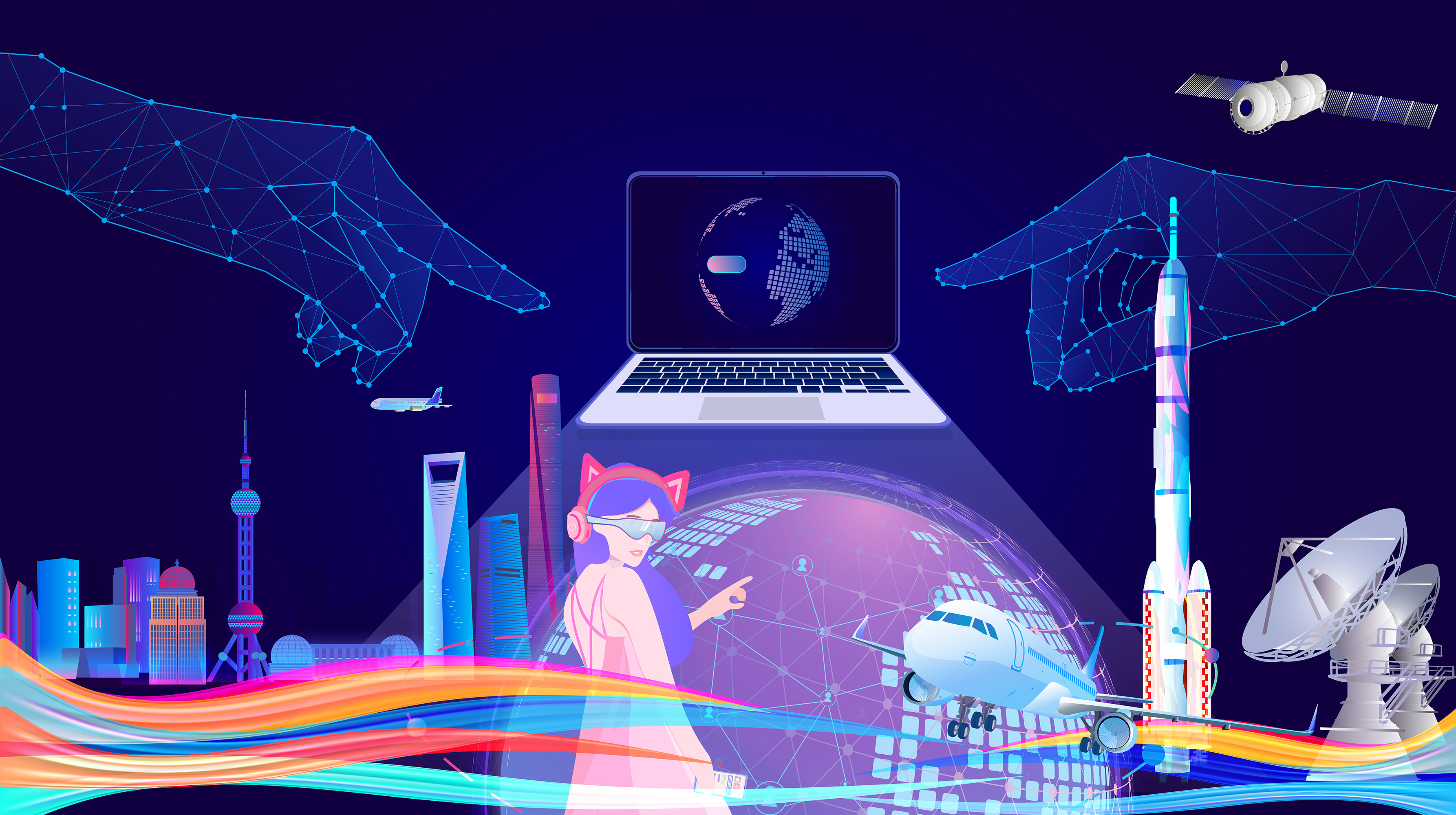The Metaverse has ushered in a new era of shared phygital convergence and unique modes of social interaction, supported by larger-than-life VR and AR-based identities. The concept of the Metaverse first appeared in the 1992 science fiction novel Snow Crash, demonstrating a VR simulation accessible to millions of people across the globe. Today, the Metaverse is far beyond that. It has become a key element in shaping innovation and building unique ways of engaging with digital services worldwide.

As businesses continue to uncover its potential, the Metaverse is poised for rapid growth, projected to touch upward of $1.5 trillion by 2030. Much of its adoption is driven by emerging applications spanning gaming, AR, VR, education, entertainment, and e-commerce industries, with new ways of digital trading and payment modes.
In addition to these factors, the growth of the Metaverse continues to gain from the booming adoption of VR and AR technologies across immersive 3D environments, the rising demand for new social platforms for hyper-realistic communication, increasing user-generated content, surging demand for digital services, and the emergence of new business models based on insights captured from the platform.
Before we delve deeper into the platform’s benefits, it is crucial to understand how the Metaverse works. The Metaverse comprises four technology layers, including holographic construction, holographic simulation, the virtual and physical world integration, and the linkage between them. At the holographic construction layer, hologram technology is used to build a model of the virtual world on terminal devices for an immersive user experience. The holographic simulation layer involves designing the virtual world in close alignment with the physical world, where the people and objects are built like they are in the real world. In the virtuality-reality integration and linkage layers, a highly-intensive 3D map of the physical world with virtual information overlays is accurately presented to build precise augmented and mixed reality effects. These could then be used for AR-based navigation, customer service processes, etc.
Given these features and the vast potential of the Metaverse, businesses can leverage many opportunities for customer engagement and product innovation. These include capabilities for:
While the Metaverse is a fascinating concept and marks the future of tech, it has also spurred challenges across critical areas. Issues with platform interoperability, rights to ownership of data and content, and privacy and security challenges require careful inspection and appropriate intervention to ensure the safety of both business and consumer interests. Companies must leverage this technology responsibly and adapt it to unique objectives and requirements, capitalizing on the opportunities it brings with it.

The industry possibilities of the Metaverse are endless. Some of the most prominent use cases include:

The Metaverse is opening up new possibilities for businesses to move beyond the boundaries of conventional digital spaces and rebuild customer engagement by integrating virtually immersive brand experiences to forge deeper connections with the end customer. It emerges as a fertile ground for innovation where businesses can pioneer new revenue models, experiment with creative concepts, and lead the way in shaping the digital frontier.
Alibaba Cloud can be your trusted partner in adopting and maximizing their outcomes with the Metaverse. With Alibaba Cloud Cloudverse, enterprises can harness a robust, comprehensive solution for designing, constructing, and managing Metaverse spaces tailored to business needs. Further, Cloudverse is built to accelerate the streamlined and rapid development of Metaverse venues, offer expert land planning and governance services, and also provide an open ecosystem to enhance customer engagement within the Metaverse.
Alibaba Cloud delivers scalable, highly efficient, and secure cloud infrastructure solutions to support the deployment of the Cloudverse, encompassing computing, storage, databases, networking, and intelligent operations platforms. Cloudverse draws from Alibaba Cloud's resilient global network offering rapid, low-latency connectivity to blockchain services, guaranteeing a seamless user experience within the Metaverse. Moreover, with the Alibaba Cloud Container Service for Kubernetes (ACK) and Function Compute technologies, businesses can autonomously adjust workloads as per user traffic in the Metaverse. This prevents system disruptions emerging from sudden traffic surges and eliminates resource wastage during periods of low activity. Finally, Alibaba Cloud CDN offers a swift and reliable content delivery service with efficient scheduling, expediting the transmission of static content within the Cloudverse and guaranteeing a smooth and uninterrupted user experience within the Metaverse.
As more businesses embrace the Metaverse, they will benefit from fresh and innovative perspectives toward growth, innovation, and engagement. Organizations can position themselves as frontrunners in the digital landscape by keeping pace with evolving trends and collaborating with the right cloud partner to spearhead transformation.
Ushering Web3 Growth: Building Encryption and Data Security Across the Decentralized Web

1,076 posts | 263 followers
FollowAlibaba Cloud Community - July 27, 2023
Alibaba Cloud Community - June 16, 2022
Alibaba Cloud Community - July 25, 2022
Alibaba Cloud Community - July 25, 2022
Clouders - June 17, 2022
Alibaba Cloud Community - July 20, 2022

1,076 posts | 263 followers
Follow Metaverse Solution
Metaverse Solution
Metaverse is the next generation of the Internet.
Learn More Gaming Solution
Gaming Solution
When demand is unpredictable or testing is required for new features, the ability to spin capacity up or down is made easy with Alibaba Cloud gaming solutions.
Learn More LedgerDB
LedgerDB
A ledger database that provides powerful data audit capabilities.
Learn More Blockchain as a Service
Blockchain as a Service
BaaS provides an enterprise-level platform service based on leading blockchain technologies, which helps you build a trusted cloud infrastructure.
Learn MoreMore Posts by Alibaba Cloud Community